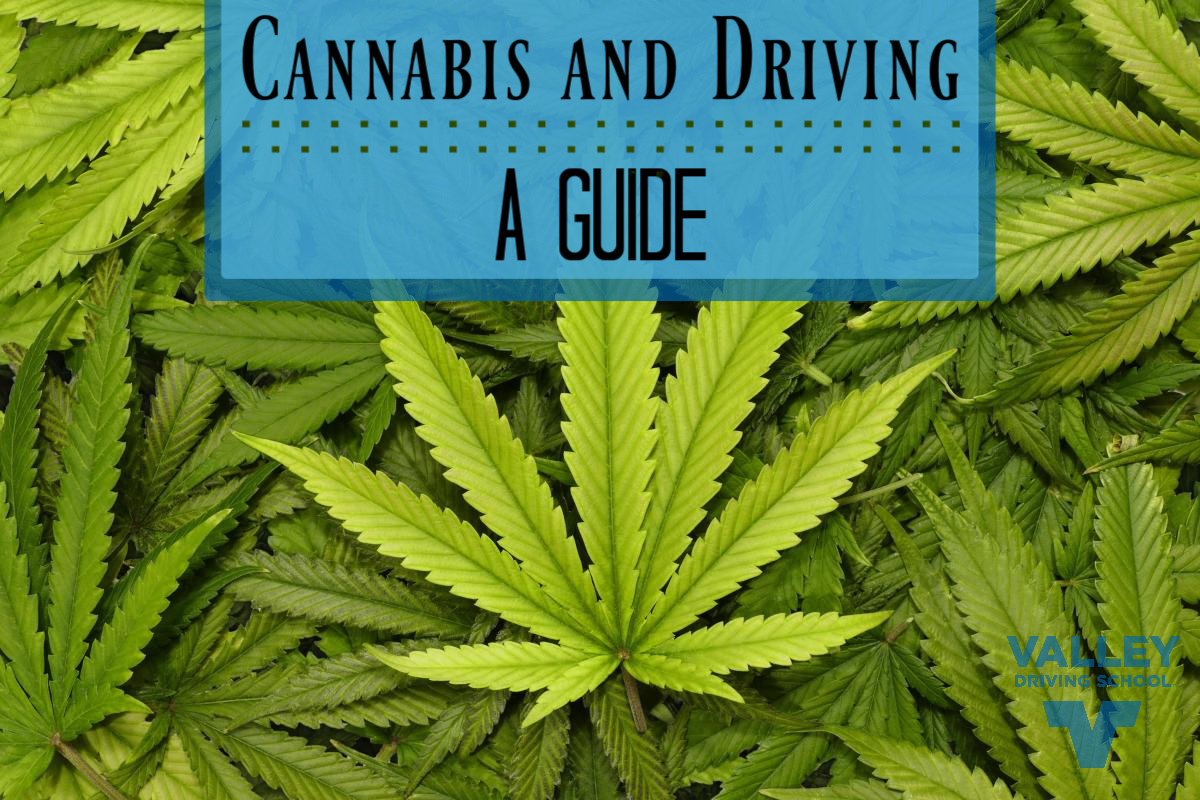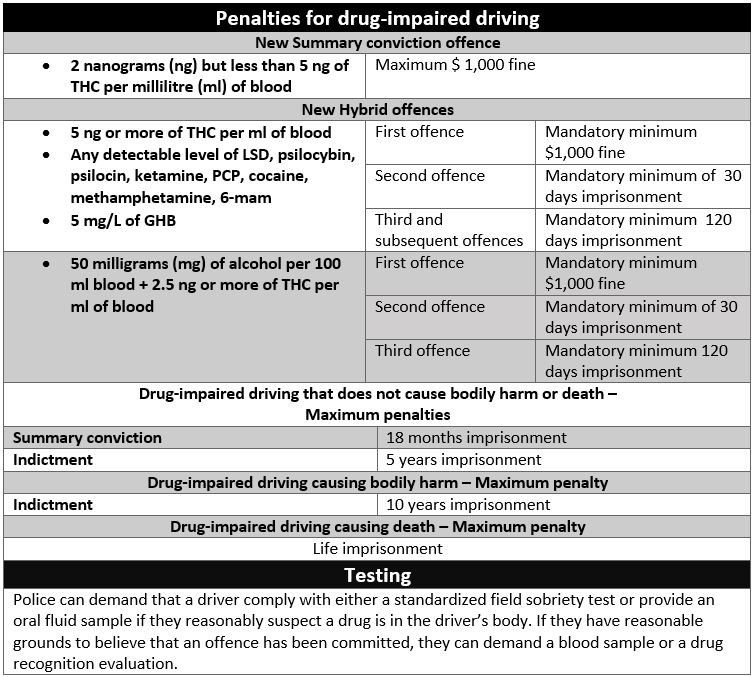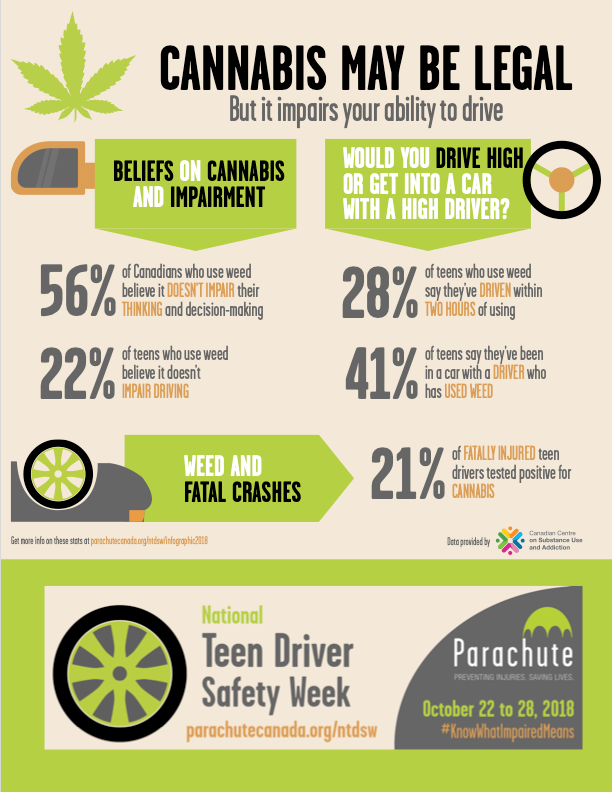It’s that time, legalization time. We’ve heard it called many different things over the years: weed, pot, marijuana, etc. but there is one word you’re going to be hearing a lot more of: Cannabis. The past 2 years have been a busy time during the process of legalization in Canada.
It is likely you’ve heard of Bills such as C-45, C-46, but what are they? In this post we are going to break down the terms, laws, and enforcement practices to keep you better informed.

What is it actually called?
Weed, bud, grass, ganja, marijuana, the list goes on. Some names are slang (weed), others were originally meant to be offensive (marijuana), and other names refer to different forms or modes of preparation (ganja). Legally speaking, we will hear it called Cannabis as this refers to the whole plant and therefore encompasses any derivatives.
New Canadian Law
Bill C-45, the Cannabis Act, received Royal Assent on June 21, 2018. Bill C-45 is a piece of federal government legislation that legalizes the sale, use, possession and access to recreational cannabis in Canada and takes effect on October 17, 2018. The aim of this new bill is to keep cannabis out of the hands of youth and keep profits out of the hands of criminals and organized crime.
Under BC Law
With Bill C-45 each Canadian province and Territory holds the power to write and implement its own respective cannabis laws. In British Columbia, the laws are laid out in Bill 30: Cannabis Control and Licensing Act and Bill 31: Cannabis Distribution Act.
These Bills outline the following stipulations regarding recreational Cannabis:
- Individuals must be 19 years old or older to purchase or possess cannabis
- Public and private retail operations will be permitted to sell Cannabis as long as they have the appropriate licenses
- A person may have a maximum of 30g of dried Cannabis for recreational purposes
- A maximum of four cannabis plants per household is permitted for recreational purposes
- Edibles are not legal forms of recreational cannabis
- Cannabis use will generally be permitted where tobacco consumption is permitted, but non-medical consumption (such as smoking) will be banned in areas frequented by children including beaches, parks and playgrounds
Cannabis must not be consumed:
- On school property
- In public places (such as sports fields, skate parks, regional parks, etc)
- At bus stops and or similar places (train stations, ferry Docks, etc.)
- At the workplace
- In vehicles and boats
The legalization of cannabis will be tightly regulated just as we’ve seen with tobacco and alcohol laws.
What about Impaired Driving?
Cue Bill C-46. This Bill outlines major changes to Canada’s impaired driving laws. These changes give police more power when it comes to impaired driving for drug-impairment AND alcohol impairment.
Drug-impaired driving remains illegal in Canada. Law enforcement will detect drug-impaired driving using Standard Field Sobriety Testing and the use of Drug Recognition Expert (DRE) evaluations.
Here are 3 major changes impairment laws:
-
Police officers can administer roadside saliva testing to determine drug use. These roadside saliva tests screen saliva for drugs, such as stimulants, methamphetamines, and the tetrahydrocannabinol (THC) from cannabis. (THC is the main psychoactive chemical responsible for most of the intoxicating effects that people seek).
-
In December 2018, roadside breath testing for alcohol will become completely random. Previously, police performing roadside checks could only administer a breath test if there were signs of impairment. With the changes made to Bill C-46 Police will no longer require probable cause to administer a breath test to a driver they suspect is under the influence of alcohol.
- Unlike alcohol breath tests, roadside saliva tests cannot be random. Officers need to have reasonable suspicion to administer the test on suspected drug-impaired drivers. This is where the use of Drug Recognition Experts (DRE) comes into play.
Drivers caught with THC blood levels equal or higher than the federal government’s established threshold are subject to fines and criminal charges. The legislation creates three new offences for having a prohibited concentration of drugs in the blood within two hours of driving. The levels for THC are at:
- Summary conviction offence: 2 nanograms (ng) but less than 5 ng of THC per millilitre (ml) of blood
- Hybrid offence: 5 ng or more of THC per ml of blood
- Hybrid offence for a combination: 50 milligrams (mg) of alcohol per 100 ml blood + 2.5 ng or more of THC per 1 ml of blood

Taken from: http://www.justice.gc.ca/eng/cj-jp/sidl-rlcfa/index.html#a1
GLP Drivers
New Drivers in the L or N phase are still held to a zero-tolerance policy and must be free of any substances.
Fit for Duty
If you are driving impaired, your judgment and reaction time are impacted. Combined with a reduced hand-and-eye coordination that can also occur with cannabis use, this makes you unfit for duty as a driver.

Just like professional drivers - when you’re the driver, you are responsible for many lives as well as your own. How would you feel if your airplane pilot was impaired? What about the transit bus driver, or your kids’ school bus driver? When you handle a vehicle of any kind, your passengers and other road users are counting on you to be alert, aware, and not impaired. Substances, regardless of their newfound legality, can interfere with driver reaction time, control, and ability to maintain a safe and confident road-going experience for everyone.
Regardless of your opinion of the legalization of marijuana in Canada - be safe, be smart, and be aware - on and after October 17th.
